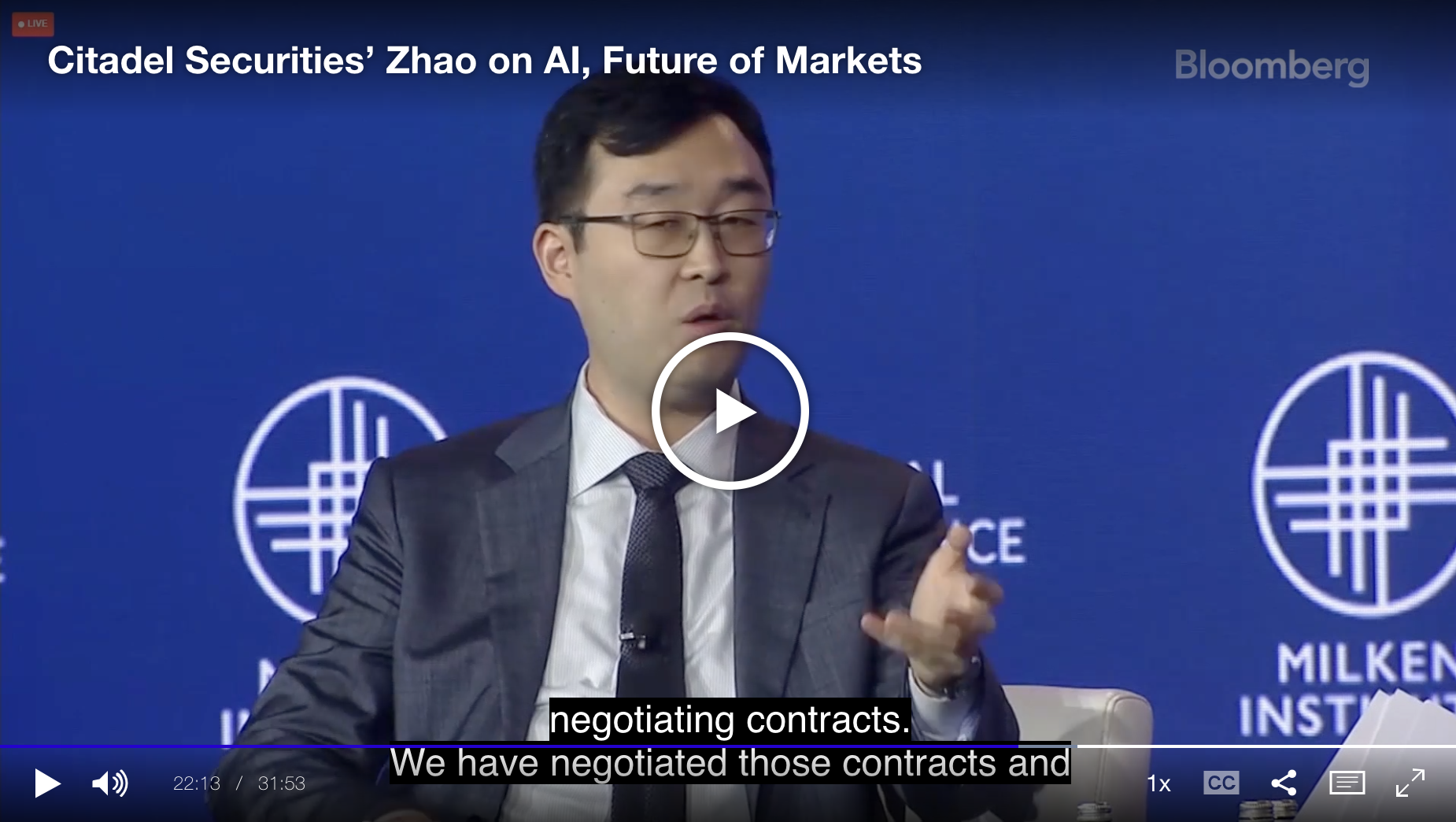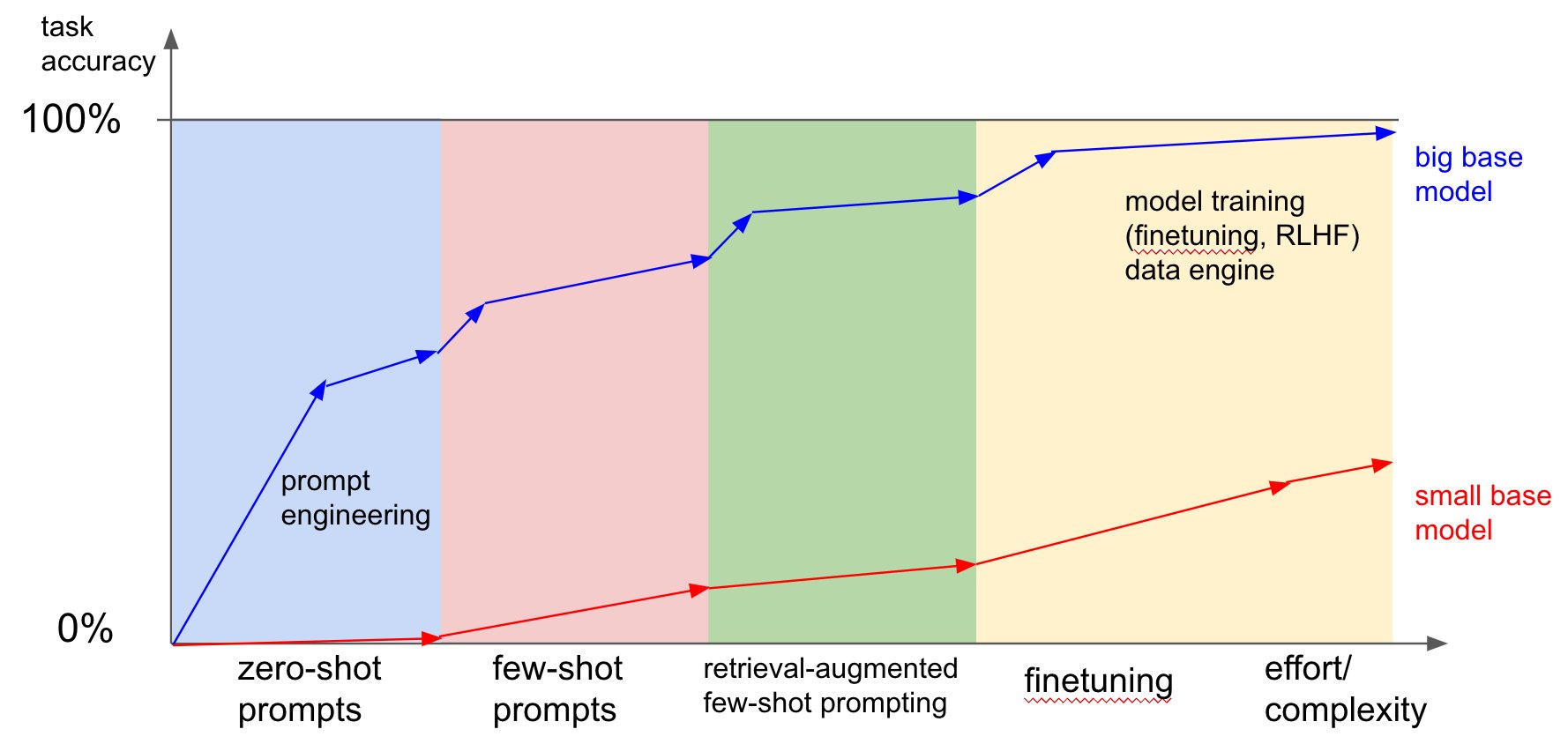
- MakeMyTrip is rolling out an AI voice assistant to help customers book flights and hotels
- Wendy’s is starting to use GPT-4 to take customers’ orders for their drive-through service
- Citadel Securities confirms that the market maker has completed the negotiation phase with OpenAI
- Takeda Pharmaceutical is completing the trial tests for a new psoriasis drug designed by AI in six months
- Ingenio has started using OpenAI models to generate articles about astrology.
- In the Prompting section, we explore how much you can achieve with a good prompt and when that is not good enough anymore
- In the Tools of the Trade section we explore the glorious MacGPT
The third database I’m building for Synthetic Work paid subscribers, listing the best tools for the job (thanks to AI), is almost ready.
It will join the AI Adoption Tracker and How to Prompt.
I’m still considering activating a fourth tool, tentatively called What to Prompt, where the emphasis is focused on the task you are trying to accomplish rather than on the technique you use to succeed.
Would it be useful? If not this, what would a REALLY useful too to you, dear Splendid Edition reader?
Send me your comments about the What to Prompt idea, or the other tools by replying to this email.
Alessandro
What we talk about here is not about what it could be, but about what is happening today.
Every organization adopting AI that is mentioned in this section is recorded in the AI Adoption Tracker.
In the Travel & Tourism industry, MakeMyTrip is rolling out an AI voice assistant to help customers book flights and hotels.
Saritha Rai, reporting for Bloomberg:
MakeMyTrip Ltd. will use Microsft Corp.’s Azure Open AI technology for the chat, initially available in English and Hindi, the Indian company said in a statement Monday. The voice assistant will appear on the company’s app and the front page of its travel site and is designed to help users book flights and holidays.
The company, which plans to add further Indian languages to the service, showcased an AI voice trial chat in the Bhojpuri language native to parts of northern India. The AI agent offered airline information, flight dates, timings and pricing. After choosing a trip, users received a QR code to help them complete a payment.
…
The services use a combination of GPT-3.5 and GPT-4 systems developed by Microsoft-backed OpenAI, MakeMyTrip said.
…
“We want to use the voice bot to reach a new set of users from India’s smallest cities and towns,” Magow said. “But adoption will take time.”
MakeMyTrip is India’s largest online travel-booking service over 49.3 million unique mobile users and approximately 15.4 million unique desktop users per month in India according to 2020 reports.
This and the following news about Wendy’s strongly suggest that OpenAI is preparing to release an AI model to generate synthetic voices. If not stand-alone, perhaps as a feature of GPT-4.
What matters is that the resulting combination is not as frustrating as interacting with today’s chatbots on most websites for customer service issues. I don’t know about you, but every time I am forced to use one I want to smash the computer against the wall. And I love my computer.
More than that, I vouch to never use that company/brand again. Only careless product managers could ever productize such a bad technology, and only careless executives could not first-hand test and realize how bad their product is. And I don’t want to give my money to careless people.
Today’s chatbots are garbage.
OpenAI will have to work hard to reinstate consumers’ trust in the technology.
Regardless, the potential of synthetic voices attached to a large language model like GPT-4 is huge, especially for ecommerce. As I wrote on Twitter:
Mark my words: the addition of ltrarealistic synthetic voices to AI models like ChatGPT/GPT-4 will be another quantum leap in how people interact with AI. Not because it will give us even more capabilities, but because it will create an emotional bonding. And that will have really, really deep implications.
For example, something that everybody should ask themselves: what happens if I have developed a strong bonding with my AI and my AI suggests me a product to buy? (either via advertising or product placement)
–
In the Foodservice industry, Wendy’s is starting to use GPT-4 to take customers’ orders for their drive-through service:
Angus Loten, reporting for The Wall Street Journal:
The Dublin, Ohio-based fast-foo chain’s chatbot will be officially rolled out in June at a company-owned restaurant in Columbus, Ohio, Wendy’s said. The goal is to streamline the ordering process and prevent long lines in the drive-through lanes from turning customers away, said Wendy’s Chief Executive Todd Penegor.
…
“It will be very conversational,” Mr. Penegor said about the new artificial intelligence-powered chatbots. “You won’t know you’re talking to anybody but an employee,” he said.To do that, Wendy’s software engineers have been working with Google to build and fine-tune a generative AI application on top of Google’s own large language model
…
Wendy’s customized language model includes unique terms, phrases and acronyms customers have come to use when ordering its burgers, fries and other items—such as “JBC” for junior bacon cheeseburger, or “biggie bags” for various combinations of burgers, chicken nuggets and soft drinks. Adding to the complexity, Wendy’s milkshakes are called Frosties, though customers may not always use the branded term.
…
Among other challenges, Mr. Kurian said, there can be a lot of extraneous noise in a family car, such as music or children in the back seat. The software has to cut through these sounds and focus on the person making an order and the kind of language they are using, a process that requires a lot of fine-tuning, Mr. Kurian said. At the same time, people sometimes change their minds midway through an order and the application has to be able to capture that, he said. “It’s a very complicated technical problem.”The application has also been programmed to upsell customers, offering larger sizes, Frosties or daily specials. Once the chatbot takes an order, it appears on a screen for line cooks. From there, prepared meals are relayed to the pickup window and handed off to drivers by a worker.
…
Up to 80% of food orders at Wendy’s are made at the drive-through lane, compared with roughly two-thirds before the Covid-19 pandemic, the company said. The goal, Mr. Penegor said, is to get more customers through the drive-through in the shortest amount of time, picking up extra sales for every minute or so shaved off the ordering process.
The article doesn’t say if the generative AI model being used here is Bard or another, and it doesn’t say anything about the voice synthesis approach being used.
I’m tentatively adding Wendy’s to the AI Adoption Tracker but I’ll remove it immediately if June comes and this technology is a failure.
So, can any of the Splendid Edition readers please drive to Columbus and let me know if there’s a traffic jam or if it actually works?
In the meanwhile, everything I said above, about emotional bonding and capability to manipulate intents and emotions, applies here, too.
Right now these AI systems are completely isolated from each other. But what if, in a future, OpenAI or Google could tie all of them together across all the business and services they enable?
You’d have one AI, your AI, following you everywhere. Welcoming you with the same voice and the same interaction style you use at home, in private. How much power has that AI on you when it suggests to add some items to your order?
–
In the Financial Services industries, Peng Zhao, CEO at Citadel Securities, confirms that the market maker has completed the negotiation phase with OpenAI and it’s now exploring the application of GPT-4 for various use cases.
In his interview with Bloomberg’s Erik Schatzker, Zhao also talked about the fact that AI is not replacing humans:
We actually have roughly the sae number of traders as we have researchers. Just because we use a lot of machines, we use a lot of models, doesn’t mean that all the decision making are entirely automated.
The traders we have today versus the traders in the 90s standing on the floor…The comparison is more fighter jet pilots vs runners. And in fact we call the trading station that traders have “cockpits”.
In the Pharmaceutical industry, Takeda Pharmaceutical is completing the trial tests for a new psoriasis drug designed by AI in six months.
Kanoko Matsuyama, reporting for Bloomberg:
Finding a potential blockbuster medicine typically takes years of extensive analysis in the laboratory, with teams of researchers methodically sifting through data and test results to unearth a promising candidate. But when Japan’s Takeda Pharmaceutical Co. bought an experimental psoriasis drug for $4 billion from a Boston startup in February, it gained a compound selected in only six months by using artificial intelligence.
…
Takeda’s experimental drug, purchased from Boston-based Nimbus Therapeutics LLC, would be one of the world’s few oral treatments for psoriasis, a skin condition that afflicts 125 million people worldwide. It also has the potential to treat other conditions such as Crohn’s disease, an inflammatory bowel disorder. The drug, currently called TAK-279, has already successfully gone through the first two stages of human trials. Algorithms picked the present molecule in about a quarter of the two years a traditional approach would take, says Jeb Keiper, chief executive officer at Nimbus.
…
Scientists testing the chemicals in beakers would need to test many molecules—“an impossible number,” says he. Instead of coming up with tens of thousands of compounds to figure out, computers suggest testing 10 compounds in a lab, then getting feedback from the lab results. The machines learn from those results to make a better prediction to provide the next hundred candidates for testing and ultimately filter to one molecule, Keiper says.
…
These days, more than 500 quantitative scientists and tech experts in Takeda R&D centers from Boston to San Diego to Shonan in Japan spend their days crunching data to find, develop and manufacture breakthrough medicines. The drugmaker uses AI and ML to identify the best molecules for targeting proteins and to understand the characteristics of diseases and how they vary in different patient populations. It works with the Massachusetts Institute of Technology and several AI startups.
…
In January of last year, Sanofi agreed to pay UK-based Exscientia Plc $100 million upfront, plus the potential for up to $5.2 billion in milestone payments to research novel medicines and develop up to 15 candidates in oncology and immunology with the use of AI systems.Bayer, Roche Holding and Takeda are among the companies working with Recursion Pharmaceuticals Inc. in Salt Lake City to explore drug discovery using machine learning. Meanwhile, AstraZeneca Plc formed a partnership with BenevolentAI in the UK and Illumina Inc. in San Diego for similar efforts.
…
Pfizer expects a partnership with DeepMind’s AlphaFold to help the company design and validate highly effective therapeutic targets that were previously unknown, says Lidia Fonseca, chief digital and technology officer at Pfizer. “We used powerful supercomputing capabilities with AI and machine learning models to reduce our overall computational times by 80% to 90%, and that actually helped fast-track Paxlovid,” Fonseca says.
…
UK-based GSK Plc has more than 160 experts dedicated to AI and ML to support its R&D and manufacturing. It also generates data to build and feed the company’s own machine learning models so every scientist can ultimately benefit from data the company has produced in the past, says Kim Branson, who’s been the head of AI at GSK since 2019.
All of this is very exciting and very promising. Now the only question is: how many new drugs that cost $100,000 / pill can be found with this approach?
–
In the Publishing industry, Ingenio has started using OpenAI models to generate articles about astrology.
Will Oremus, reporting for The Washington Post:
Ingenio, the San Francisco-base online publisher behind sites such as horoscope.com and astrology.com, is among those embracing automated content. While its flagship horoscopes are still human-written, the company has used OpenAI’s GPT language models to launch new sites such as sunsigns.com, which focuses on celebrities’ birth signs, and dreamdiary.com, which interprets highly specific dreams.
Ingenio used to pay humans to write birth sign articles on a handful of highly searched celebrities like Michael Jordan and Ariana Grande, said Josh Jaffe, president of its media division. But delegating the writing to AI allows sunsigns.com to cheaply crank out countless articles on not-exactly-A-listers, from Aaron Harang, a retired mid-rotation baseball pitcher, to Zalmay Khalilzad, the former U.S. envoy to Afghanistan. Khalilzad, the site’s AI-written profile claims, would be “a perfect partner for someone in search of a sensual and emotional connection.” (At 72, Khalilzad has been married for decades.)
In the past, Jaffe said, “We published a celebrity profile a month. Now we can do 10,000 a month.”
Jaffe said his company discloses its use of AI to readers, and he promoted the strategy at a recent conference for the publishing industry. “There’s nothing to be ashamed of,” he said. “We’re actually doing people a favor by leveraging generative AI tools” to create niche content that wouldn’t exist otherwise.
A cursory review of Ingenio sites suggests those disclosures aren’t always obvious, however. On dreamdiary.com, for instance, you won’t find any indication on the article page that ChatGPT wrote an interpretation of your dream about being chased by cows. But the site’s “About us” page says its articles “are produced in part with the help of large AI language models,” and that each is reviewed by a human editor.
A favour. Of course.
You should be grateful that the horoscope you are reading is written by AI.
In fact, you know what? You should pay for it.
If a human wrote it, it’s free. If the AI wrote it, you owe us.
That’s it.
Ingenio joins the growing number of publishers (ab)using generative AI mentioned in Issue #5 – The Perpetual Garbage Generator and in other issues.
Before you start reading this section, it's mandatory that you roll your eyes at the word "engineering" in "prompt engineering".
Rather than talk about any specific prompting technique today, I want to spend some time clarifying what is achievable with prompting techniques and when these techniques stop being useful.
To do so, I’ll use a chart published by Andrej Karpathy, one of the original founders of OpenAI, for a period leading the AI and Autopilot programs at Tesla, and now back at OpenAI, fully focused on creating an AI similar to JARVIS, from the Iron Man movies.
It doesn’t matter if the chart is not particularly accurate. It helps us to visualize the point.
So, what is the point?
The point is that prompting techniques (the first two vertical bars from the left in the chart) can improve the quality of your output significantly.
A basic, vanilla prompt (what is formally called zero-shot prompt – don’t try to remember these terms, they are not important), can get you to approximately 50% of what you could really achieve with a big AI model like GPT-4.
If your prompt includes examples of what you want, the quality of the AI answer increases quite a bit. We called this technique Lead by Example in our How to Prompt database, but the formal name is few-shot prompt/ing).
Further improvement can be obtained when the Lead by Example technique is augmented by an information retrieval operation. This is the green vertical bar in the chart.
In other words, the AI learns from your example what you are expecting and then, if still uncertain, it accesses your local, personal or corporate information (stored in a so-called vector database), or searches the web, or calls an integrated third-party system (like a CRM) to get the information it doesn’t have.
Many of us cannot yet see the benefits of this particular approach because OpenAI has yet to unlock access to its new plug-in system for most users.
Among the other plug-ins, you’ll find the retrieval plug-in, the web search plug-in, and a host of third-party plug-ins that facilitate GPT-4’s access to the information they store.
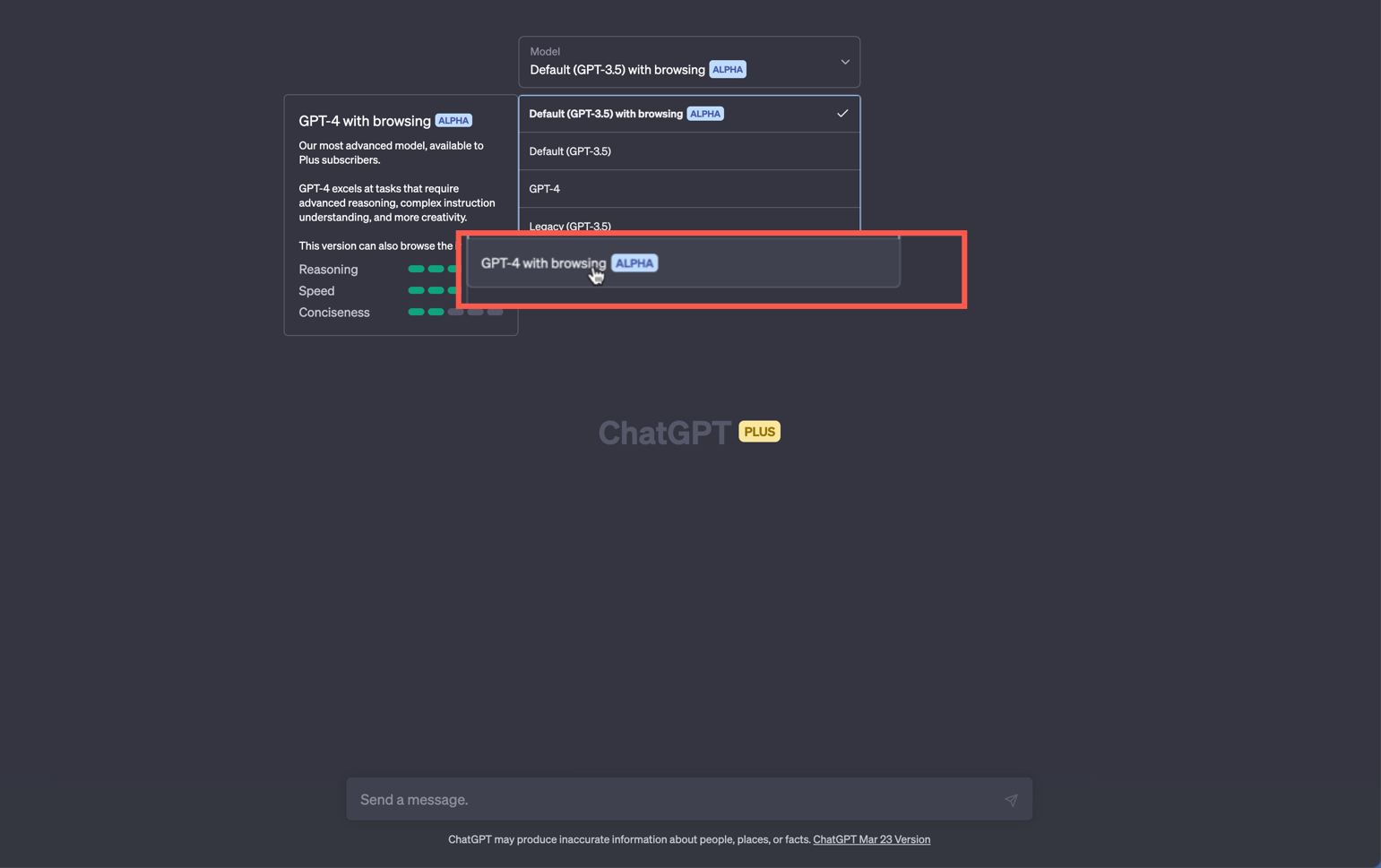
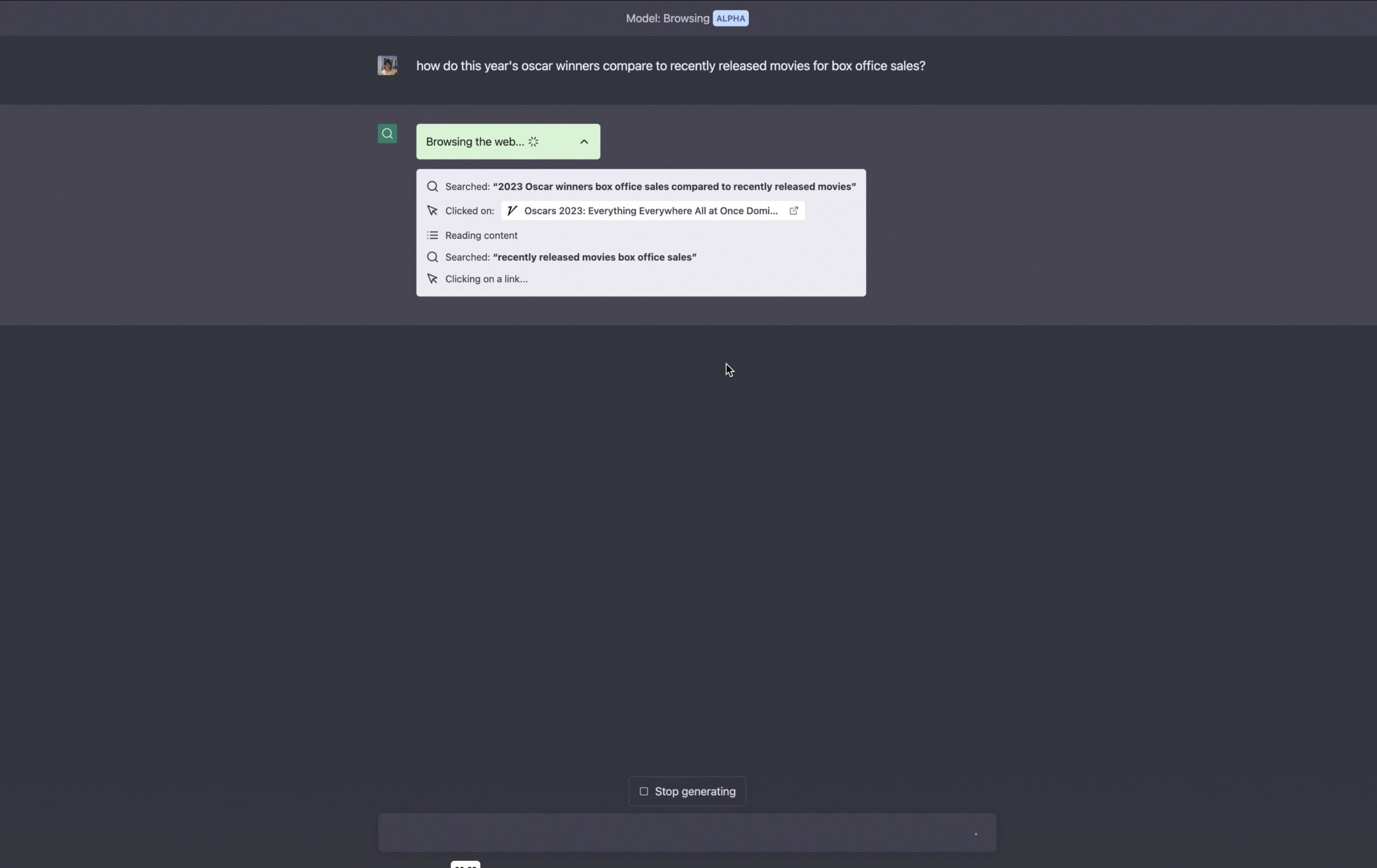
If you want to have a sense of how it will work, you can try now the GPT-4 model that powers Bing inside the Microsoft Edge browser in Creative Mode.
Back to the main point.
The chart is telling us two things:
- Even when you’ll soon rely on a plug-in, your prompt and your prompting techniques still matter.
- While you can get the most out of the AI model with the right prompting technique, there’s a limit.
Past that limit, to have the most accurate answer your AI model is capable of, you need to resort to a fairly sophisticated technique called fine-tuning, where you basically teach the AI new concepts that it has never learned during the training phase.
The need for fine-tuning to achieve exceptional results is not true only for GPT-4 and other text generation models. It’s also true for text-to-image generation models like Stable Diffusion, Dall-E, or Midjourney.
In your day-to-day interaction with AI, you won’t need fine-tuning. If you do, it means that you are using the wrong AI model for the job.
What you need is understanding that your prompting technique makes a big difference and it’s probably all you have to improve to get what you really want.
This is the point.
Don’t convince yourself that the model is not good just because you can’t get what you want out of it (one extreme) or that the model requires advanced fine-tuning to generate what you want (the other extreme).
In a past issue of Synthetic Work, we already said that you need to think about a large language model as one of the best actors in the world. An actor is a person. It’s part of the analogy.
This actor is so good and experienced that he/she has learned a lot about a lot of different professions, enough to pose as any person you like in a very credible and convincing way.
Your actor can pose as a surgeon and, in that role, he/she will very convincingly talk about surgery. But you have to convince him/her to do so (just like you would have to convince a tired/shy/grumpy human surgeon) with the right prompting.
If you want your actor to actually perform surgery, then you have to teach him/her how to do so. With fine-tuning.
One last comment about the chart.
You have certainly noticed that Andrej compares two different types of AI models. Large models like GPT-4 (in blue) and smaller models like, for example, LLaMA (in red).
The chart is telling us that smaller models are like actors with much less experience. They have seen less of this world, and it’s harder for them to pose as hundreds of different characters whenever you feel like it, or learn new skills via fine-tuning.
At least for now.
In Issue #7 – How Not to Do Product Reviews, I told you how I use GPT-4 to do the things I’m crap at. At that time, one long month ago (which corresponds to 1,000 years in AI land), I was simply using the OpenAI web interface.
Silly me.
You see, one thing you learn after over two decades working in the enteprise IT industry as I did, is that even the most powerful tool in the world is useless (or barely useful) if it’s too difficult to access and/or use it.
The people that have worked with me over the last decade have heard me repeating at nauseam that enterprise companies need to deliver a Frictionless IT or they will be wiped out by those that do.
And now here we are.
We have the most frictionless system we ever invented to obtain information. And those companies that in a decade did nothing to systematically eradicate the friction from their clunky, ugly, soul-crushing pieces of software, now are scrambling to issue press releases about how they will use AI too to remain competitive.
Soon.
We promise.
No, wait.
Don’t go.
Wait.
We can change.
Really.
Anyways. GPT-4 is one of the most powerful and most frictionelss system ever invented by humankind. But it’s frictionless only in retrieving the information.
You still have to go to the website. It’s not a big deal, we do this millions of times a day. But can eliminate that step, too?
Can we have a frictionless access to the tool that gives us frictionless access to information?
Yes. At least if you are a macOS user like me. In which case you can use this incredible tool called MacGPT.
(If you already heard about this app a month ago or so, keep reading because it has changed radically since its original launch)
I’m sure that what follows exists for Windows and Linux, too. If it doesn’t today, it will in the near future. So, if you are not a macOS user, I still suggest you read what follows because it will (hopefully) give you a sense of what difference it makes to have frictionless access to a system that you have or want to use every day.
MacGPT allows you to interact with ChatGPT (aka GPT-3.5-turbo) or, if you have access and a subscription, to GPT-4.
It appears as an icon on your menubar, you click on it, it opens a popup web window, and you chat with ChatGPT/GPT-4 as you would by going to chat.openai.com. Same same.
You can even set up a keyboard shortcut, so whenever you want, your little ChatGPT/GPT-4 window will pop up on the menu bar and you save a trip to the OpenAI website.
It’s very convenient.
In the last few weeks, I tried various methods to achieve the same. Before discovering MacGPT, I set up the OpenAI website inside the Web Panels of Vivaldi, my browser of choice.
So if MacGPT could only do that, I’d be happy to keep using Vivaldi for the job.
But that is the primitive way of using MacGPT.
Yes.
If you are just a bit technically savvy and you make an effort to create a so-called API Key inside your OpenAI account settings, a frictionless world opens its doors to you.
MacGPT gets that API key and uses it to give you ChatGPT/GPT-4 text generation capabilities fully blended in macOS.
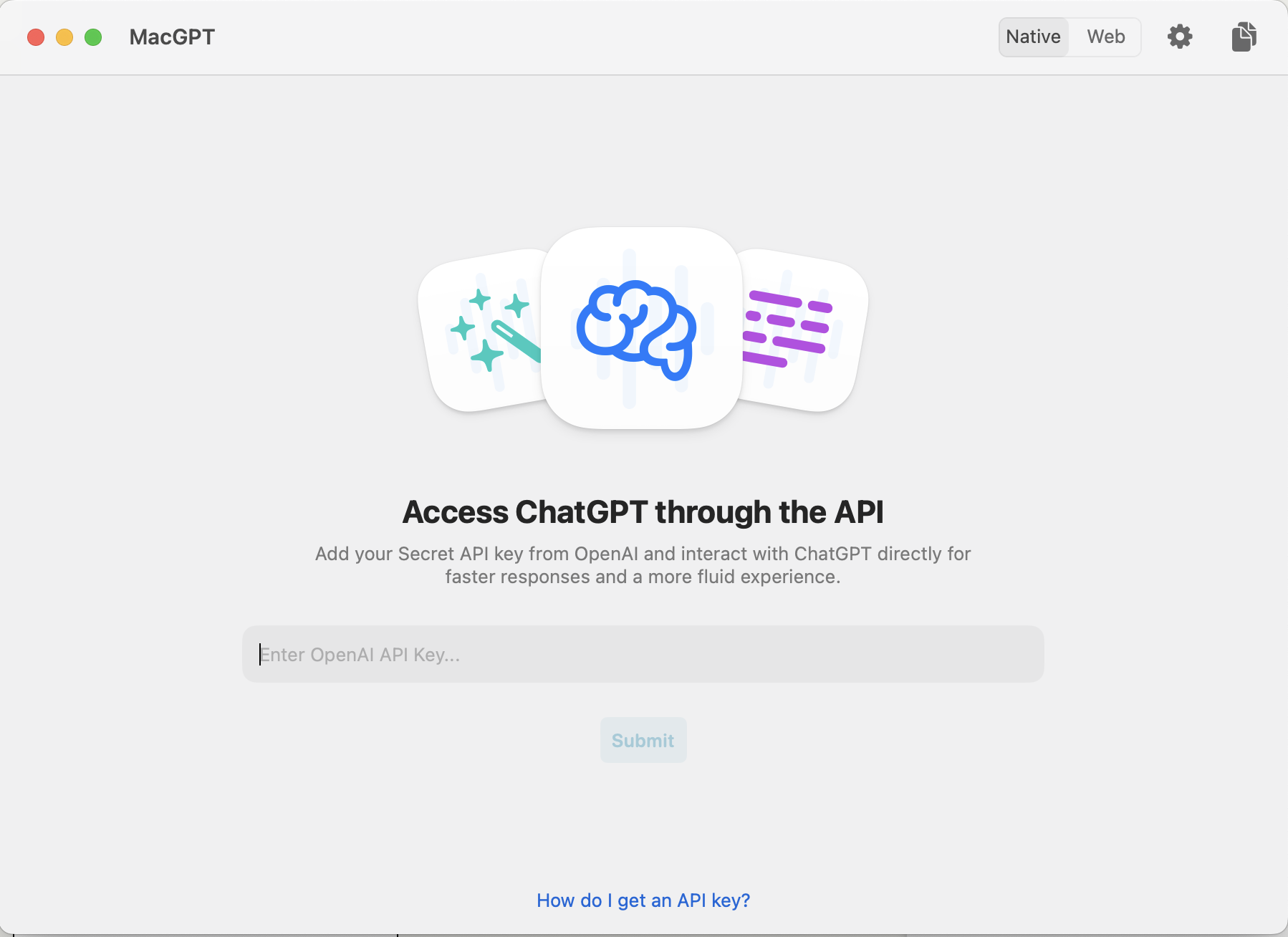
You define a new keyboard shortcut, and when you press it, a floating textfield appears in the middle of the screen. Just like Spotlight Search. It’s the MacGPT Global Mode.
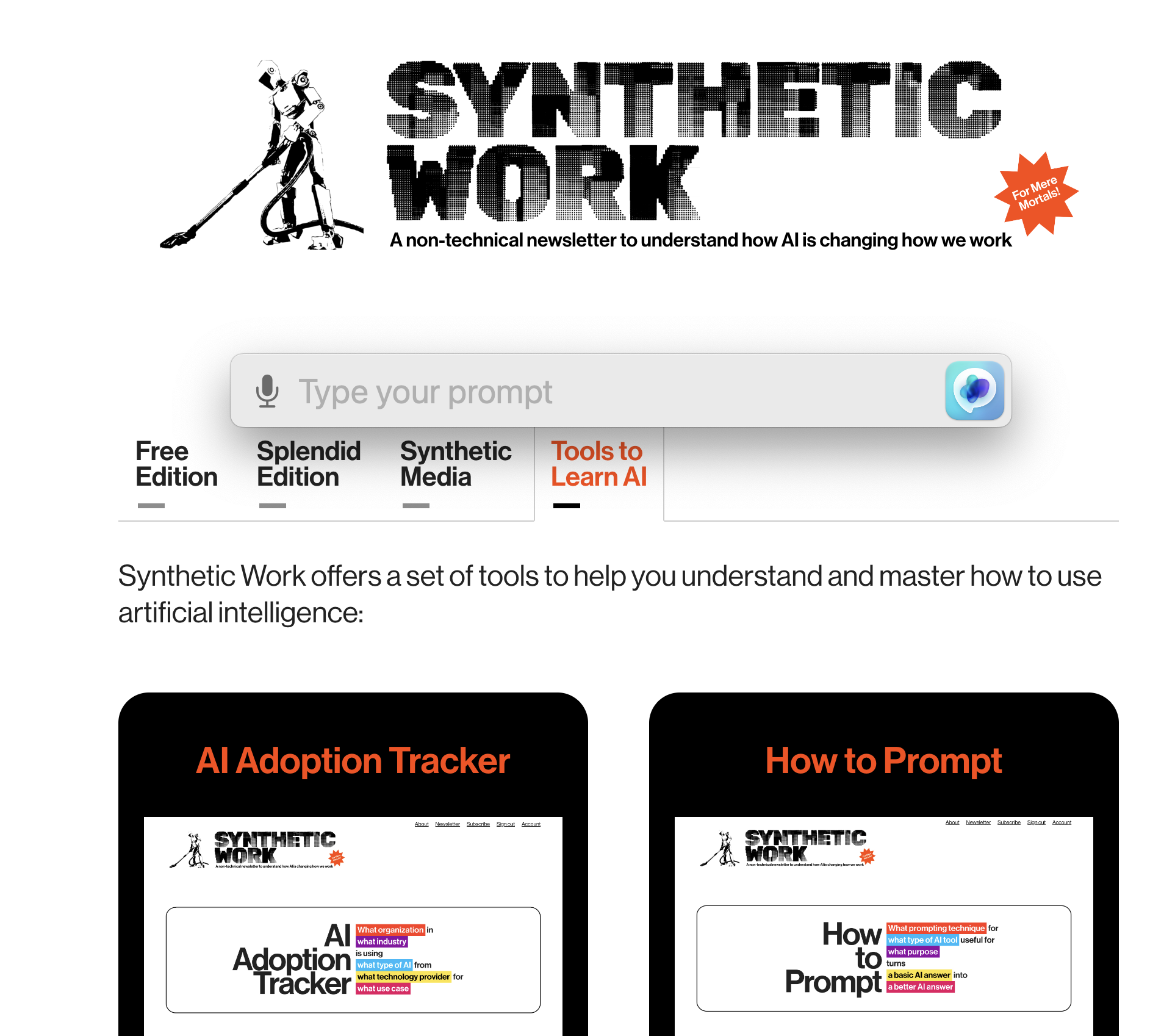
There, you can type what you want to ask to your AI or you can speak what you want to ask to your AI.
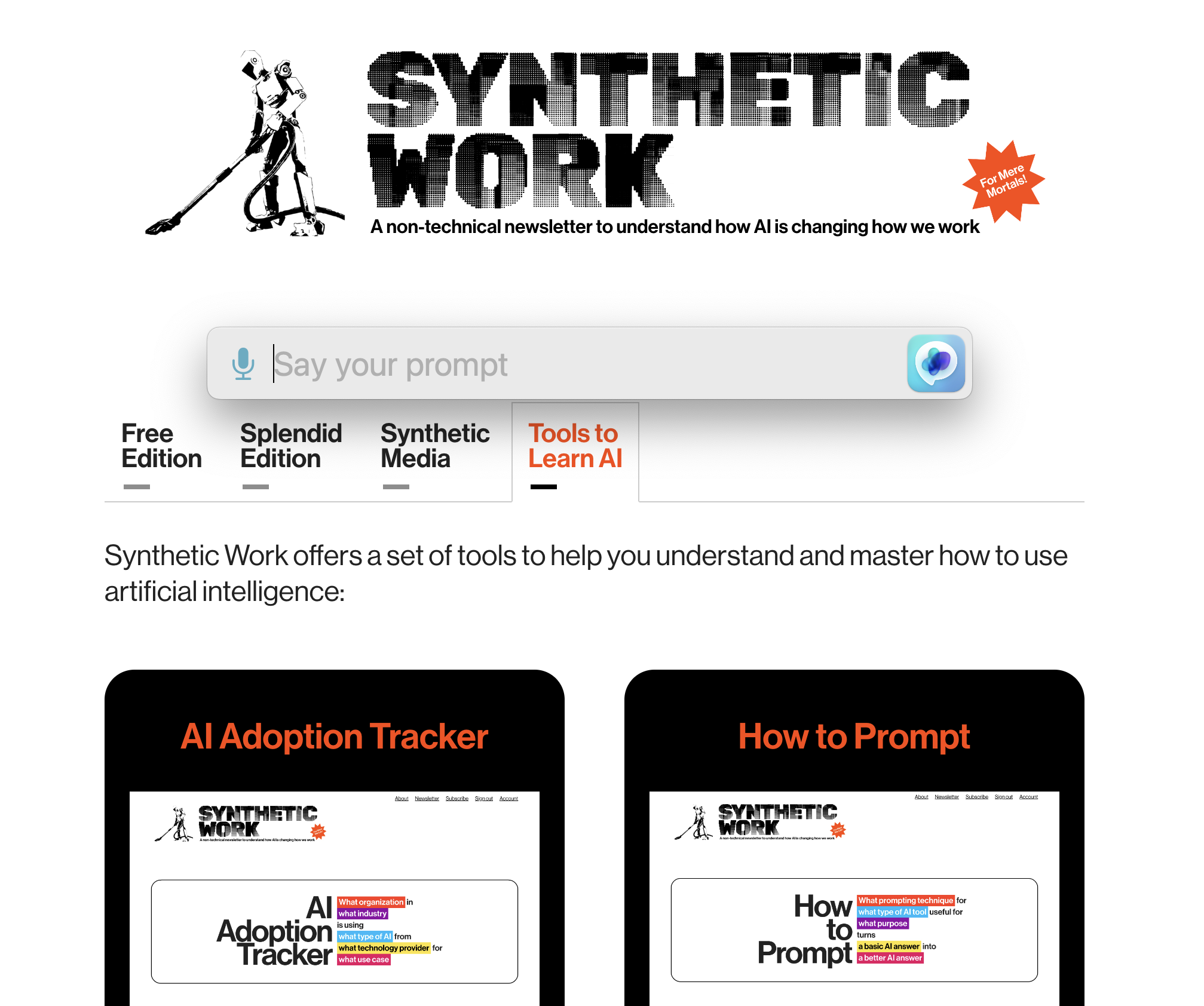
And you can hear back what your AI replies to you.
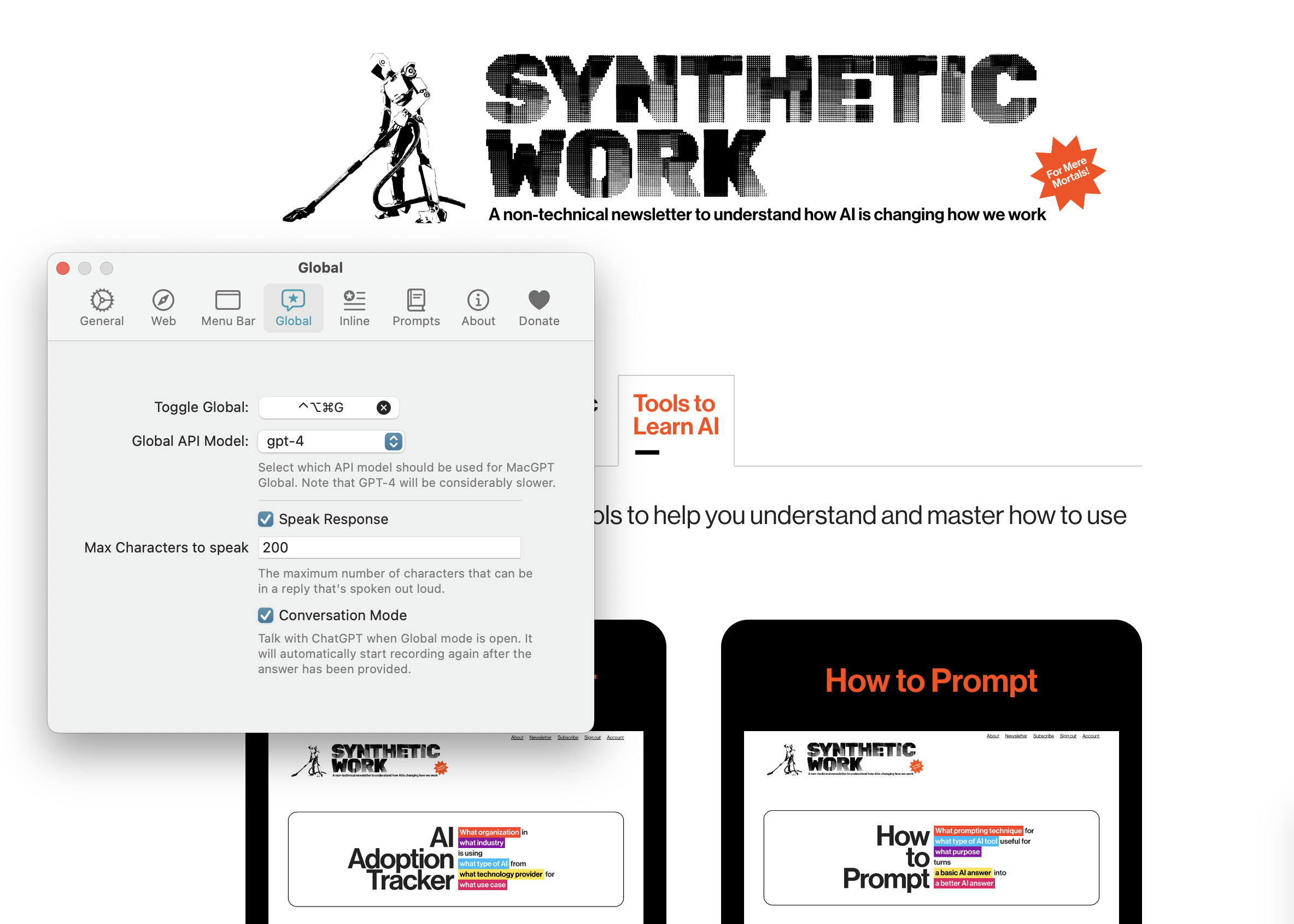
At this point, I’m already sold. This is how every operating system should offer AI.
Yes, I know that, on macOS, you can type to Siri and speak to Siri. But Siri is garbage. And my blood pressure remains low if I don’t try to use it and pretend it doesn’t exist.
The ultimate frictionless experience, tho, arrives when you set up MacGPT Inline Mode.
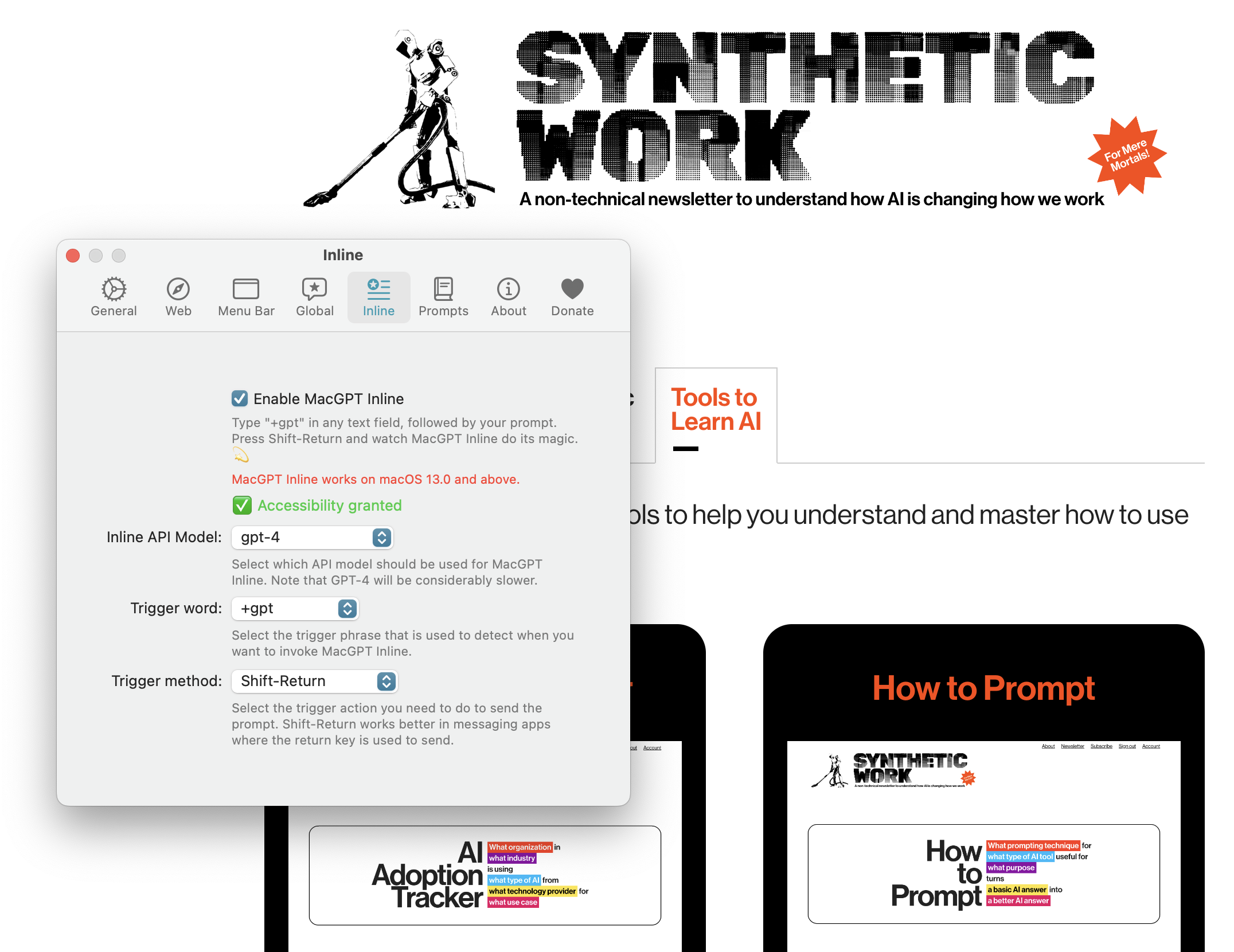
You set up a special sequence of characters and a keyboard shortcut to activate the Inline Mode, and when you type those characters inside a chat window or a note in Notes, your request is passed to ChatGPT/GPT-4 and you get back straight in your document the answer.
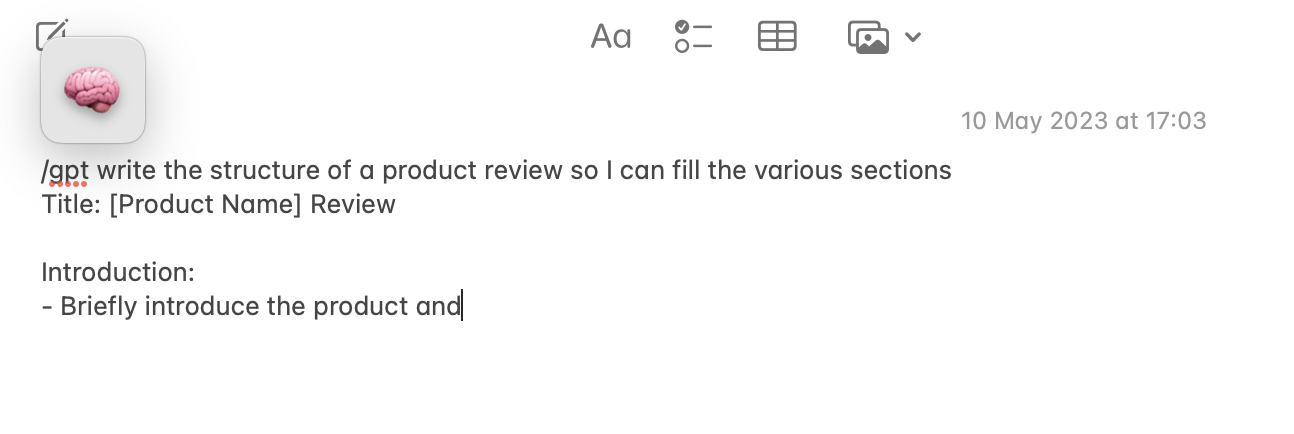
Unfortunately, this ultimate frictionless experience is not yet perfect. You can only choose between two keyboard shortcuts (enter or shift+enter), and the latter doesn’t work in a lot of apps.
I’m not sure why you cannot define a custom keyboard shortcut, but I’m confident that it will come in the future.
Now. None of these things are special. You could achieve exactly the same things by writing your prompt in the OpenAI web interface, copying the answer you get from the AI and pasting it where you need.
But the time that MacGPT saves you is astonishing.
Equally important: the money it saves you.
You see, if you want to use GPT-4 (and you have been allowed to), you have to pay $20 / month for the Plus subscription. It’s not an exorbitant amount for the value you get, but when you use your API key to interact with GPT-4, via MacGPT, the cost of your interaction might go significantly down.
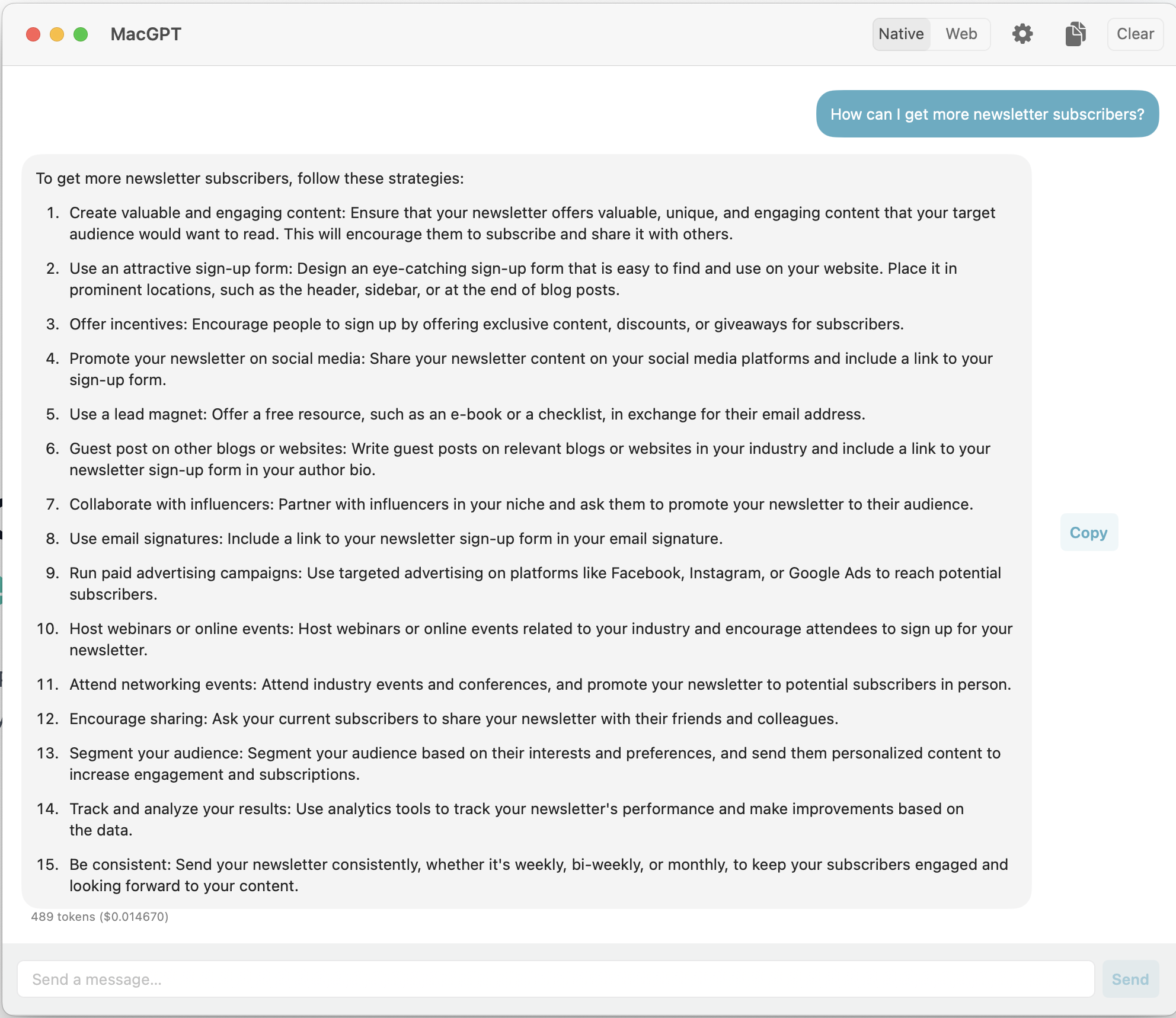
It depends on how often you interact with the AI. And if are concerned about losing control, you can set a monthly cap inside the OpenAI account settings to avoid surprises.
Worst case, you set a $20 / month limit just like the Plus subscription and you see if you actually consume as much or less than that.
Regardless, MacGPT can be setup to show you the how much you are spending for each single interaction with the AI (which is probably useless, if you ask me, but it gives a sense of control to the people that need it).
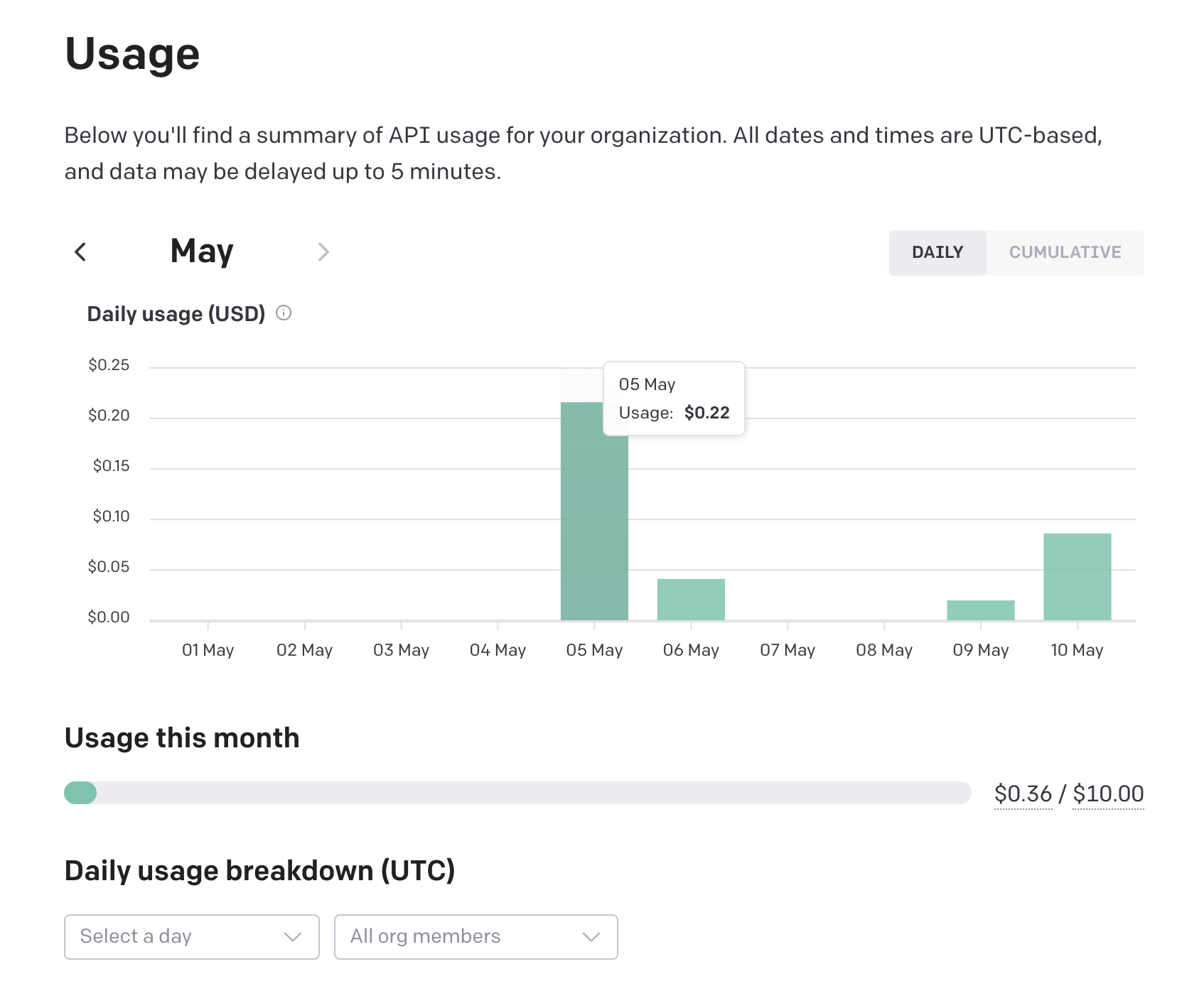
So, in summary. This little guy is amazing.
I’m a big fan of the developer, Jordi Bruin, and I already purchased other apps from him, including MacWhisper.
If you know anybody that has a Mac and wants to take their ChatGPT/GPT-4 interaction to the next level, forward this newsletter to them. They’ll love you.

